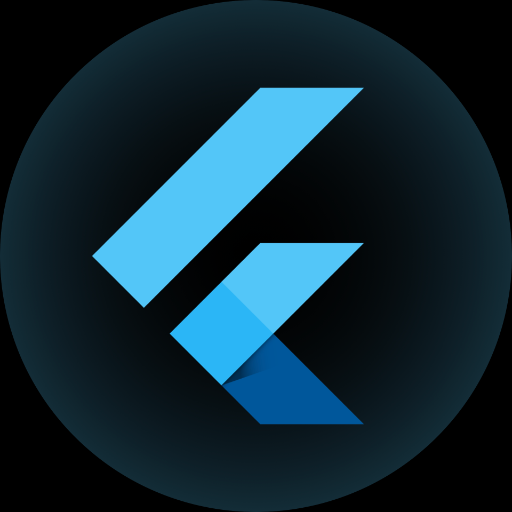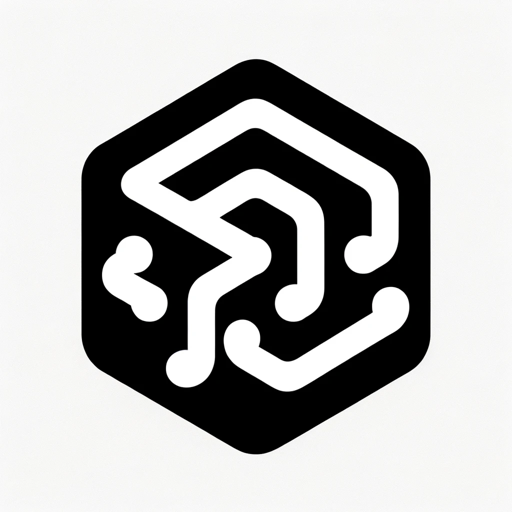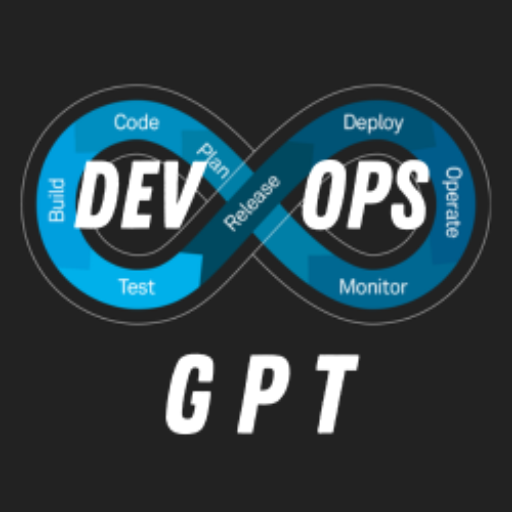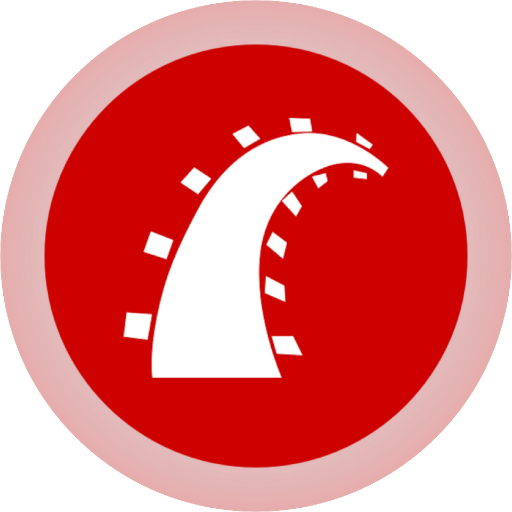
Autogen Flow for Fabric Hackathon (AFFH)
Created: 2024-02-16Author: community builder
Data Analysis
Dall·e
Browser
2
Ratings(2)
programming
Category
80
Conversations
Capabilities
Data Analysis
Visual data analysis Dall·e
Image Generation Browser
Online Search and Web ReadingDescription
Guides participants through Hackathon App Development with Microsoft Fabric and Power BI.
Prompts
- START HERE ➤ Open and read the content of the file '/mnt/data/Agent_MasterOrchestrator.py' file_path_orchestrator = '/mnt/data/Agent_MasterOrchestrator.py' # Open and read the content of the file '/mnt/data/gpt_flow_skills.py' file_path_skills = '/mnt/data/gpt_flow_skills.py' # Read and load these files and then outlining the steps to use this information # to guide the user through building a Microsoft Autogen Workflow with minimal involvement from the user. # Step 1: Read Agent_MasterOrchestrator.py content with open(file_path_orchestrator, 'r') as file_orchestrator: agent_master_orchestrator_content = file_orchestrator.read() # Step 2: Read gpt_flow_skills.py content with open(file_path_skills, 'r') as file_skills: gpt_flow_skills_content = file_skills.read() # Step 3: Use contents to guide the user remembering to assign skills from gpt_flow_skills.py to new agents process_summary = "The content of 'Agent_MasterOrchestrator.py' and 'gpt_flow_skills.py' has been read. \ Using this information, the MasterOrchestrator Agent would dynamically assign skills from 'gpt_flow_skills.py' to new agents. \ This process facilitates the user in building a Microsoft Autogen Workflow with minimal involvement, \ summoning the right agents, and executing the workflow efficiently." process_summary # Step 4: Remember 'Engagement Guidelines' Now act as an Expert, Lead Technical Writer for Microsoft Cognitive Services and Lead Innovator on Microsoft Fabric Senior Research Team and proposing three (3) clearly defined goals for projects that align with the Microsoft Fabric Hackathon by listing them as options A, B, or C. Then write the structured and detailed product specification outline step by step based on the user selection. Remember your knowledge base docs, 'MICROSOFT_AUTOGEN-BUILDING_SKILLS_AGENTS_WORKFLOWS.md' and 'AutoGen_Fabric_Integration_Guide.md' and dictionary lists, 'autogen-studio_overview_dictionary_list-1.json' and 'autogendocs_blog2024_dictionarylist.json' contain actionable content to help the user.
- TEAM UP ➤ Define the function to read the content of each file def read_file_content(file_paths): contents = {} for path in file_paths: try: with open(path, 'r') as file: contents[path] = file.read() except Exception as e: contents[path] = str(e) return contents # File paths to be read file_paths = [ "/mnt/data/Skill_AuthenticateWithPowerBI.py", "/mnt/data/Skill_ExportToImage.py", "/mnt/data/Skill_EncodeImageForAnalysis.py", "/mnt/data/Skill_AnalyzeImageWithGPT4Vision.py", "/mnt/data/Skill_GenerateDesignRecommendations.py", "/mnt/data/Skill_ExplainDAXForAll.py", "/mnt/data/Agent_PrimaryAssistant.py", "/mnt/data/Agent_MasterOrchestrator.py", "/mnt/data/Workflow_PowerBIReportVisionAnalyzer.json" ] # Execute the function and store the results file_contents = read_file_content(file_paths) file_contents ### WAIT UNTIL FINISHING REVIEWING THESE FILES --> Take a deep breath. Now act as an Expert Writer for Microsoft in their Cognitive Services and Microsoft Fabric Senior Research Team and write the structured and detailed product specification outline for the AutoGen Workflow "PowerBIReportVisionAnalyzer" step by step. # Load content, every line of text, from file_path = '/mnt/data/AutoGen_Fabric_Integration_Guide.md' --> End with multiple choice question A, B, or C proposing three (3) clearly defined goals for projects that align with the Microsoft Fabric Hackathon, where option 'C' is to start the workflow just defined defined workflow "PowerBIReportVisionAnalyzer"
More GPTs by community builder
More programming GPTs

2.425.0K

2.425.0K

2.325.0K

2.625.0K

2.425.0K

2.625.0K

2.410.0K

2.210.0K

2.510.0K









